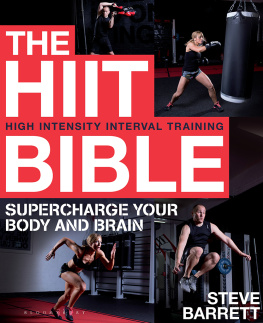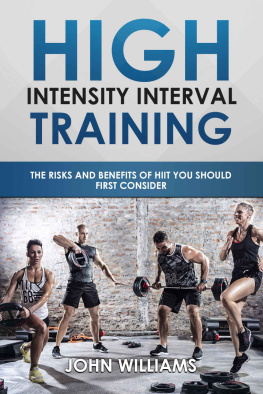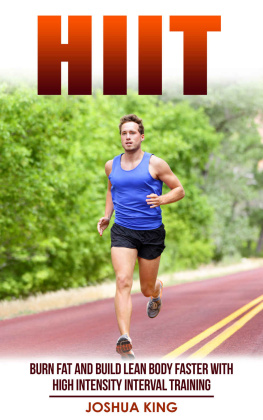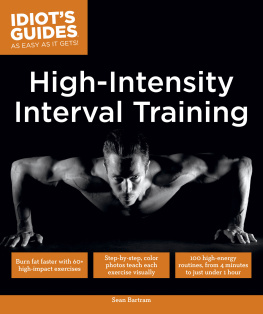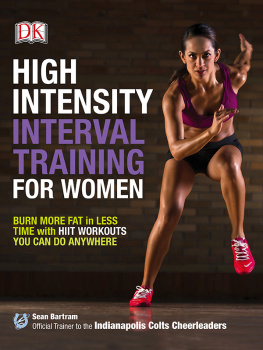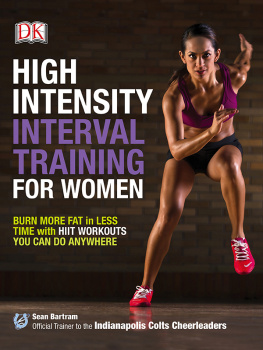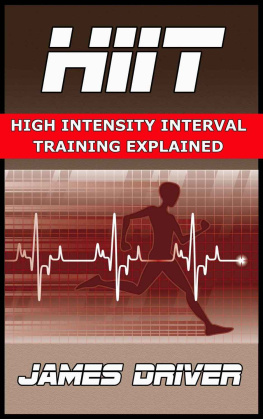
Bloomsbury Sport
An imprint of Bloomsbury Publishing Plc
| 50 Bedford Square | 1385 Broadway |
| London | New York |
| WC1B 3DP | NY 10018 |
| UK | USA |
www.bloomsbury.com
This electronic edition published in 2017 by Bloomsbury Publishing Plc
BLOOMSBURY and the Diana logo are trademarks of Bloomsbury Publishing Plc
First published 2017
Steve Barrett, 2017
Photos Escape Creative and Getty Images
Steve Barrett has asserted his right under the Copyright, Designs and Patents Act, 1988, to be identified as the Author of this work.
All rights reserved
You may not copy, distribute, transmit, reproduce or otherwise make available this publication (or any part of it) in any form, or by any means (including without limitation electronic, digital, optical, mechanical, photocopying, printing, recording or otherwise), without the prior written permission of the publisher. Any person who does any unauthorised act in relation to this publication may be liable to criminal prosecution and civil claims for damages.
All suggestions and material in this book are for information purposes only. Since each individuals personal situation, health history and lifestyle differs you should use discretion before proceeding to do any of the exercises or techniques described. The author and publisher expressly disclaim any responsibility for any adverse reactions or effects that may result from the use or interpretation of the information contained within this book.
British Library Cataloguing-in-Publication Data
Library of Congress Cataloguing-in-Publication data has been applied for.
ISBN: 978-1-4729-3219-8 (PB)
ISBN: 978-1-4729-3218-1 (eBook)
ISBN: 978-1-4729-3221-1 (ePDF)
To find out more about our authors and their books please visit www.bloomsbury.com where you will find extracts, author interviews and details of forthcoming events, and to be the first to hear about latest releases and special offers, sign up for our newsletters.
TABLE OF CONTENTS
PART ONE
STARTING OUT

SAFETY BRIEFING
Starting a book with a safety briefing is a bit like going on a first date and telling the person all your issues before saying hello, but by working out safely you will enjoy the amazing benefits of HIIT and avoid becoming susceptible to any injury.
First off, it is important to say that exercise has more positive effects than it does potential negative ones. People who start a progressive exercise regime with a body that is free from disease, injury or physical restriction will feel better than they did when they did nothing. A fact of exercise, however, is that some people suffer injuries, the cause of which can sometimes be difficult to establish because often there are contributing factors than have a knock-on effect. These may include what a person has been doing in the hours preceding their workout, or what they have or havent eaten or drunk; being dehydrated, for instance, has a detrimental effect upon a subsequent exercise session and therefore may be a factor if injury subsequently ensues.

So, my approach is this: I am responsible for the contents of this book. However, conveying information via the written word is not quite the same as delivering personal training, coaching or presenting in the flesh being somewhat conceptual rather than prescriptive so we all have to accept that there are limitations to how literally that information can be treated. Moreover, different people have different perceptions of whats easy/hard, simple/complex or achievable/unrealistic so you need to use your own judgement. As a general rule of thumb, though, I recommend that you always use caution rather than being reckless.

This advice may seem counter-intuitive in a book that is all about a method of exercise that requires you to push yourself to the upper edge of your physical limits, but in fact it tallies with my view that you will achieve more from the impact of exercise by being smart rather than simply smashing yourself during every session. Preparation, listening to your body and understanding your limits is key to a rewarding and injury-free workout.
I have been doing HIIT for more than 30 years without suffering any ill-effects or injuries. Sure, Ive had plenty of days after workouts when Im forced to walk down the stairs in slow motion or struggle when putting on a T-shirt because the muscles in my chest, arms and shoulders are screaming for forgiveness, but these are all short-term niggles that are the normal consequence of challenging the body to function and perform at a higher level. If you cant cope with DOMS (Delayed Onset Muscle Soreness), getting soaked in your own sweat or the feeling that your heart and lungs are operating at the peak of their ability, then HIIT is not for you and the chances are that you will misinterpret these signs that youve done a great workout as being an injury. Muscle discomfort after exercise (typically the day after) is to be expected; in fact, many fitness professionals describe the aftermath of a good workout as Gods tax on exercise, and it will pass.
While creating the exercises and workout programmes in this book, Ive thought about every exercise long and hard and tried to present them in such a way that they are easy to understand and perform. This style is, I hope, best described as clear and concise, conveying in written form a skill I have been told by clients I have for making really complicated stuff easy to understand.
The information contained within this book is based on current research and the recommendations of governments and health organisations, and is safe for adults over 18 years of age. With this in mind, note that the exercises and workout programmes are also intended to be effective and are therefore challenging even for experienced fitness enthusiasts.
To be effective, as with all types of exercise, HIIT involves an element of risk. In light of this, please read the following passage:
You should consult your doctor or other health-care professional before starting this or any other fitness programme to establish if it is appropriate for your needs. This is particularly true if you (or your family) have a history of any condition related to cardiac respiratory function (high blood pressure, heart disease, asthma, angina, etc.) or if you have ever experienced chest pain. If you smoke, High-Intensity Interval Training (HIIT) will not only be less effective but potentially impossible. If you have high cholesterol or are obese, then seek advice and approval (most doctors will be pleased that you are taking action, but do check first). Likewise, if you have a bone or joint problem that could be made worse by a change in physical activity, you should also check first with a medical practitioner. Nothing in this book replaces or overrules the advice of a medically qualified doctor, so do not start this fitness programme if your doctor or other health-care professional advises against it.

